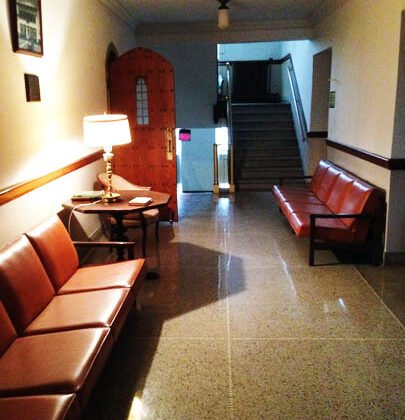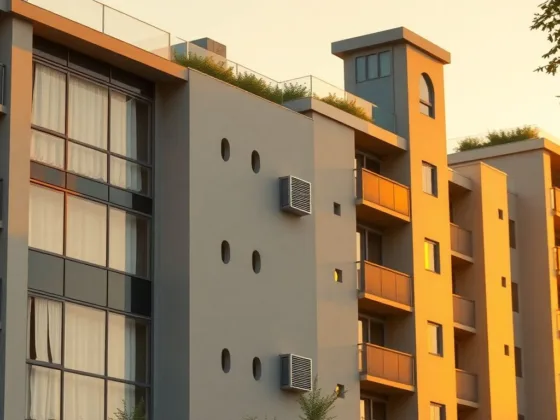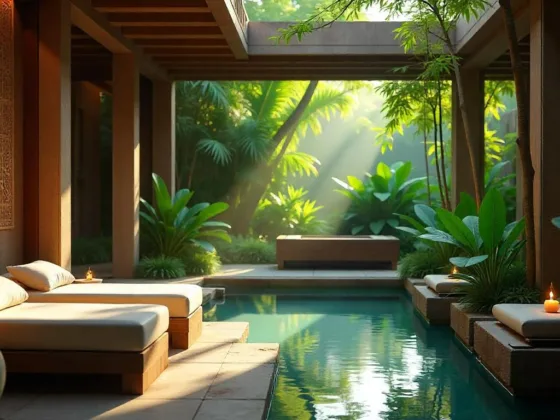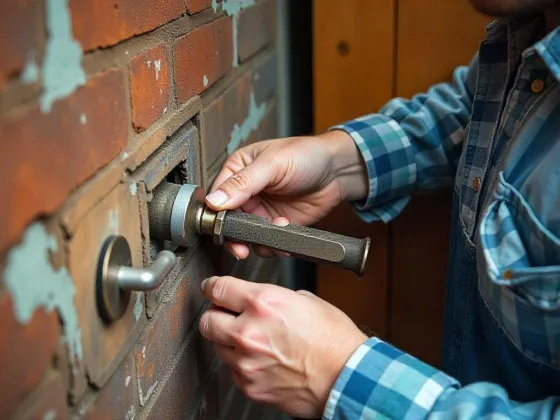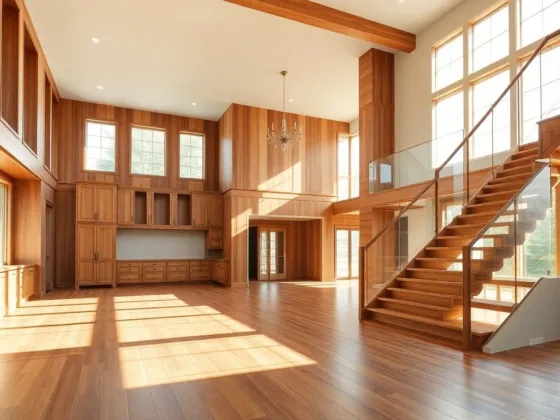Table of Contents Show
If you are redecorating or renovating your home, there are likely plenty of things on your mind. From paint colours to furniture and cabinet selection, there can be an overwhelming number of choices to make.
With all of this chaos, it is easy to see how interior lighting can be overlooked – but don’t let your lighting be an afterthought. Here are 12 tips on how to make your interior lighting worth it:

1. Think about Ceiling Height
When selecting light fixtures, it’s very important to consider the ceiling height in your home. Before purchasing, always take a look at the measurements of the fixture and compare those measurements to your room. If the fixture is adjustable, that is a bonus!
Here are a few general rules of thumb for hanging lights:
- For an average 8-foot ceiling, the bottom of a hanging light should be 12-20 inches below the ceiling. For each extra foot of the ceiling, add 3 inches.
- If the light is over a table or island, the bottom of the fixture should be 28 to 34 inches above the surface.
- Generally, smaller lights can be hung lower while larger lights can be higher.
2. Consider Uplighting
Rather than filling your room with downlighting that can cast harsh shadows, try incorporating some uplighting instead. Uplighting is a lighting effect that is created by placing a low light fixture and pointing it upwards.
Wall sconces or other uplighting can create a softer light while adding an interesting ambience to your space.
3. Use a Variety of Lighting
While choosing your interior lighting, don’t just stick to one type of fixture. After all, there is so much to choose from! Select a variety of hanging fixtures, floor lamps, table lamps, and wall-mounted lighting to add contrast to your space.
Be sure to incorporate at least two types of lighting, but remember not to go overboard. Start with the brighter practical lighting, and add on the decorative lighting as the final touch.
4. Choose Your Light Bulbs Wisely
Not only should you choose a light fixture that you like, but you should also choose a bulb that works best in your space. Light bulbs come in a wide variety of warm and cool hues that can change the mood of an entire room.
Select a warmer tone to make a dim room seem cozier, and a cooler tone to brighten up a dark space. Also consider the brightness of your bulbs, often measured in lumens. The suggested lumens for a bedroom range from 2000-4000, while a kitchen should be around 7000-8000.
5. Be Smart with Task Lighting
Task lighting is a category of interior lighting that is best for workspaces, reading nooks, or bathroom vanities. Task lighting is meant for just that – doing tasks that need proper light.
Maximize your task lighting by adding tracks with multiple lamps that can be directed in different ways for different uses.
6. Make Your Lighting Multifunctional
Your lights don’t have to be just functional or just decorative – why can’t they be both? Choose a brightly coloured lampshade or uniquely shaped pendant light for interior lighting that both works great and looks amazing.
You can even replace wall hangings with light fixtures instead!
7. Go with Energy Efficient Bulbs
Another way to step up your interior lighting game is to go with energy-efficient light bulbs. There are a ton of energy-efficient options in terms of colour and wattage, so no need to worry about finding one that works for you.
Energy-efficient bulbs will also lower your electricity bill and last much longer than traditional bulbs, so your wallet will thank you.
8. Light Up Your Kitchen and Bathroom
There is nothing worse than bad lighting in a kitchen or bathroom, and nothing more annoying while you are trying to get ready in the morning. Always go for brighter lighting in these two rooms, and consider extra ways that you can use lighting to add convenience to your day.
For example, think about adding a subtle glowing light at the base of your bathroom vanity – this is a wonderful feature that anyone who uses the bathroom at the night will surely appreciate.
9. Add a Statement Piece
Why have a piece of feature art when you can install a statement light fixture instead? Whether it is a statement chandelier or an interesting floor lamp, choose a piece that reflects your personality and style.
There is nothing better than seeing yourself in your home’s design!
10. Use Recessed Lighting
There is no better way to add a clean look to any space than with recessed lighting. Recessed lights are versatile fixtures that can be added to any ceiling, vanity, or even under countertops and cabinets. They also give full and uniform light coverage to smaller spaces without taking up much room.
11. Install Dimmer Switches
A great way to maximize the versatility of your interior lighting is to install dimmer switches in your kitchen, dining room, living room, or bedrooms. Dimmer switches use a knob or slider to adjust the voltage of a light fixture, allowing the light to fade up to brighter light or down to dimmer light.
Not only can dimmer switches be more energy-efficient, but they can also make your bulbs last longer and give you more control over the ambient lighting in your room. If you have any doubts about performing electrical work in your home, have an electrician help you replace your light switches.
12. Diffuse Your Light
If your home is full of bare bulbs and opaque lampshades, you might find that the lighting feels harsh and there are lots of shadows throughout your rooms.
There are a few easy ways to diffuse the light and create a softer atmosphere – one of the simplest ways is a quick lampshade swap. Whether you choose different bulbs or shades, try out a few options and notice the difference in the quality of light.
Hopefully, these 12 tips have inspired you to rethink your current or new interior lighting. Happy decorating!

